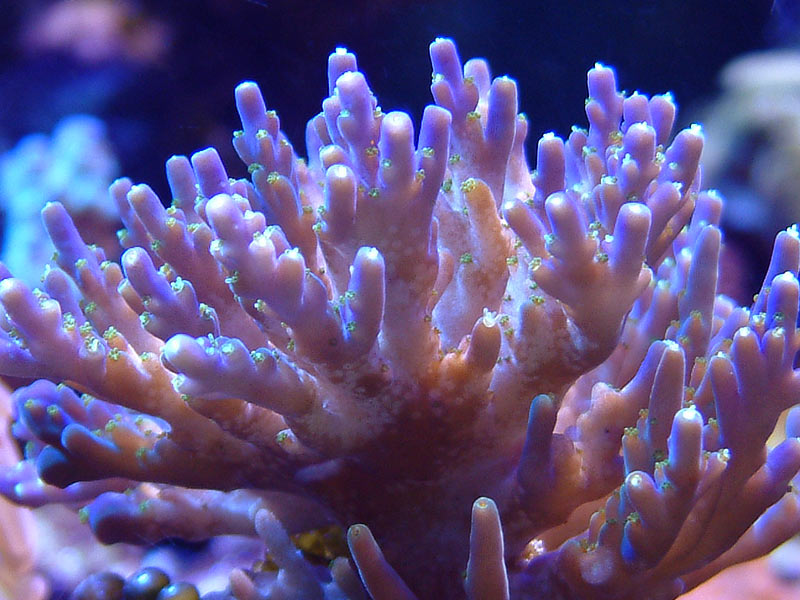Just a reminder that Acro Eating Flatworms are prevalent in this hobby. Just about everyone who has been keeping SPS for some time has had to deal with these little SOB's. Dip every frag or colony that goes into your tank (pro cure works well). If flatworms come off them, either quarantine or toss it in the garbage. If you add the infected frag/colony to your tank your risk spreading to all your corals.
Keep a keen eye out for them. If you notice small white bite marks, even a subtle faded spot, that coral could be infected. Most of the time the badly infected corals will show evidence of AEFW on the underside (shaded) part.
Tiny bite marks that look like this (pic borrowed from Melev's Reef)

If you think you will never get them, think again. SPS keepers, especially new SPS keepers, educated yourselves before you have a major problem.
Clearing an infected tank of AEFW's is no easy tank!
Keep a keen eye out for them. If you notice small white bite marks, even a subtle faded spot, that coral could be infected. Most of the time the badly infected corals will show evidence of AEFW on the underside (shaded) part.
Tiny bite marks that look like this (pic borrowed from Melev's Reef)

If you think you will never get them, think again. SPS keepers, especially new SPS keepers, educated yourselves before you have a major problem.
Clearing an infected tank of AEFW's is no easy tank!
Last edited:






